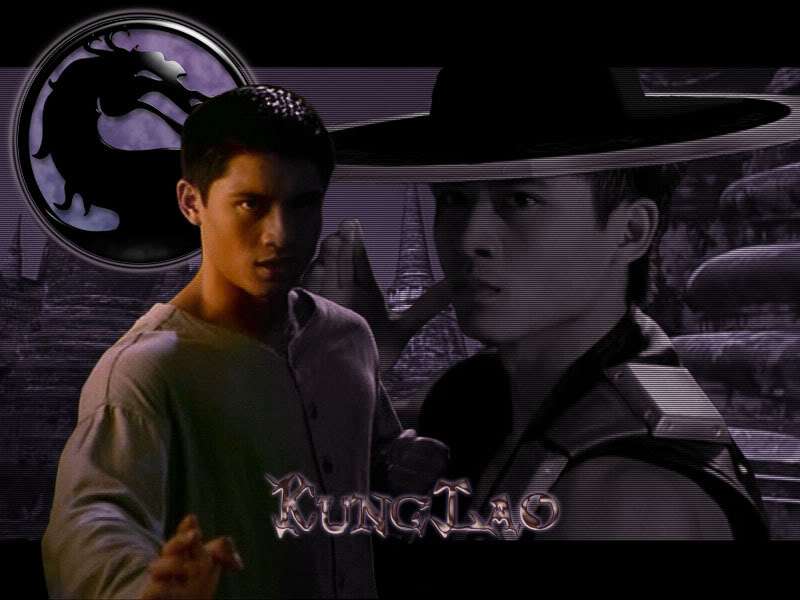Kung Fu Enlightening: The Rise of Qigong

VIDEO: The Awesome Power of Shaolin Kung Fu Mystagogue! -Watch Full Video below
Indeed, in 2013, researchers at MD Anderson were the first to publish a large-scale study on the effectiveness of qigong as a complementary therapy in cancer treatment, reporting in the journal Cancer that qigong reduces depressive symptoms and improves quality of life for patients with breast cancer undergoing radiation therapy. Other studies have shown that the practice can lower blood pressure and hypertension, improve bone density and balance, reduce anxiety and depression, relieve pain, and improve immune function.
Combining deep breathing, gentle physical movements and mindfulness exercises, qigong is named for two Chinese characters—qi, meaning life energy, and gong, meaning work—and refers to the art of harnessing and directing our energy to heal and strengthen both mind and body, while bringing both into balance. The practice is similar to tai chi—actually a form of qigong—although qigong classes are often more physical, with slow, methodical movements suddenly giving way to turns, elbow jabs and emphatic stomps à la kung fu.
Advanced practitioners often use their mastery of qigong to heal others and perform feats of strength, punch through cinderblocks, that sort of thing. In YouTube videos, 31st-generation monk Shi de Shan, who teaches qigong and kung fu at the Houston Songshan Shaolin Temple, can be seen manipulating patients’ qi, his movements controlling the rise and fall of their limbs like a magician or puppeteer. Shi has said that he can spot areas of blocked qi like a doctor looking at an x-ray.
It all made us very curious about qigong, which is when we heard about Jeff Primack, who has spent close to 20 years learning about, and evangelizing about, the power of qigong. Moreover, he is the founder of Qi Revolution, a four-day seminar that comes to the George R. Brown Convention Center later this month. In other cities, Primack says, his seminars have drawn up to 2,000 people, creating the memorable experience of endless bodies moving and breathing in unison.
“Even with just 300, 400 people it’s very powerful because we’re all holding the qi inhale together in the same posture, and everybody exhales and lifts at the same time,” says the author and teacher. The experience is a bit like synchronized swimming, he says, only with more people. Also they move energy, not water.
“The feeling of the flow of qi is like a magnetic field that has a surface tension much like the surface of a lake,” Primack says. “When you hold these postures, to an outsider you’re just standing there, moving slowly and gracefully. It doesn’t look like you’re doing a lot, but what you’re doing is pressing on the surface of the lake, making an indentation into the qi once you master how to move.”
It all sounds a little woo-woo, especially coming from a guy whose books include 2014’sConquering ANY Disease—something about phytochemicals—and 2005’s Smoothie Formulas (section 4: Healing Ice Cream). But the thirty-something Miamian says that a typical seminar is packed with acupuncturists, massage therapists and other healing practitioners, along with a number of folks so new to qigong they can barely pronounce it.
“Even if people are skeptical, I say just come and learn,” says Primack. “I love teaching that group of people. They show up with an empty cup and just take off like a rocket ship.”





